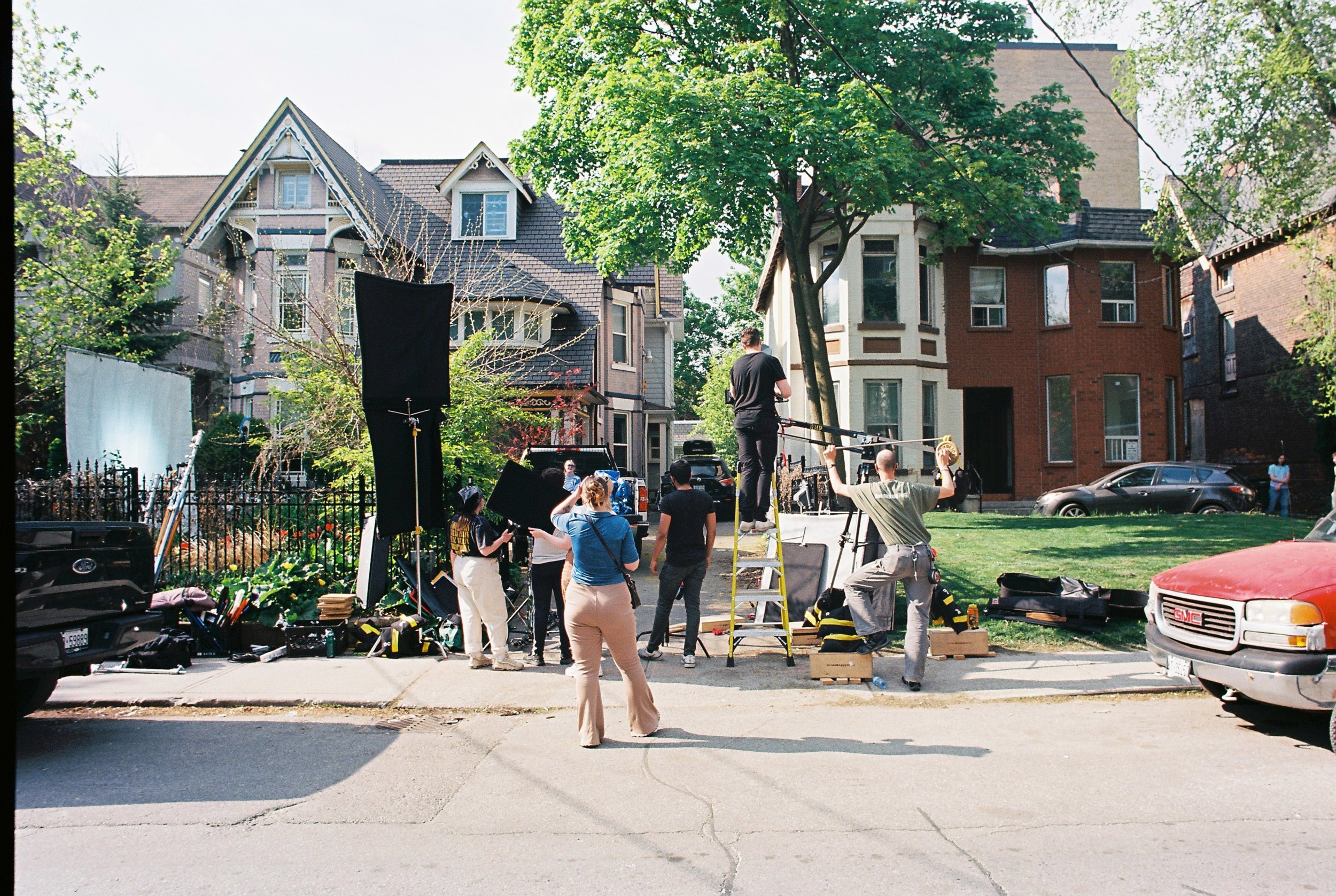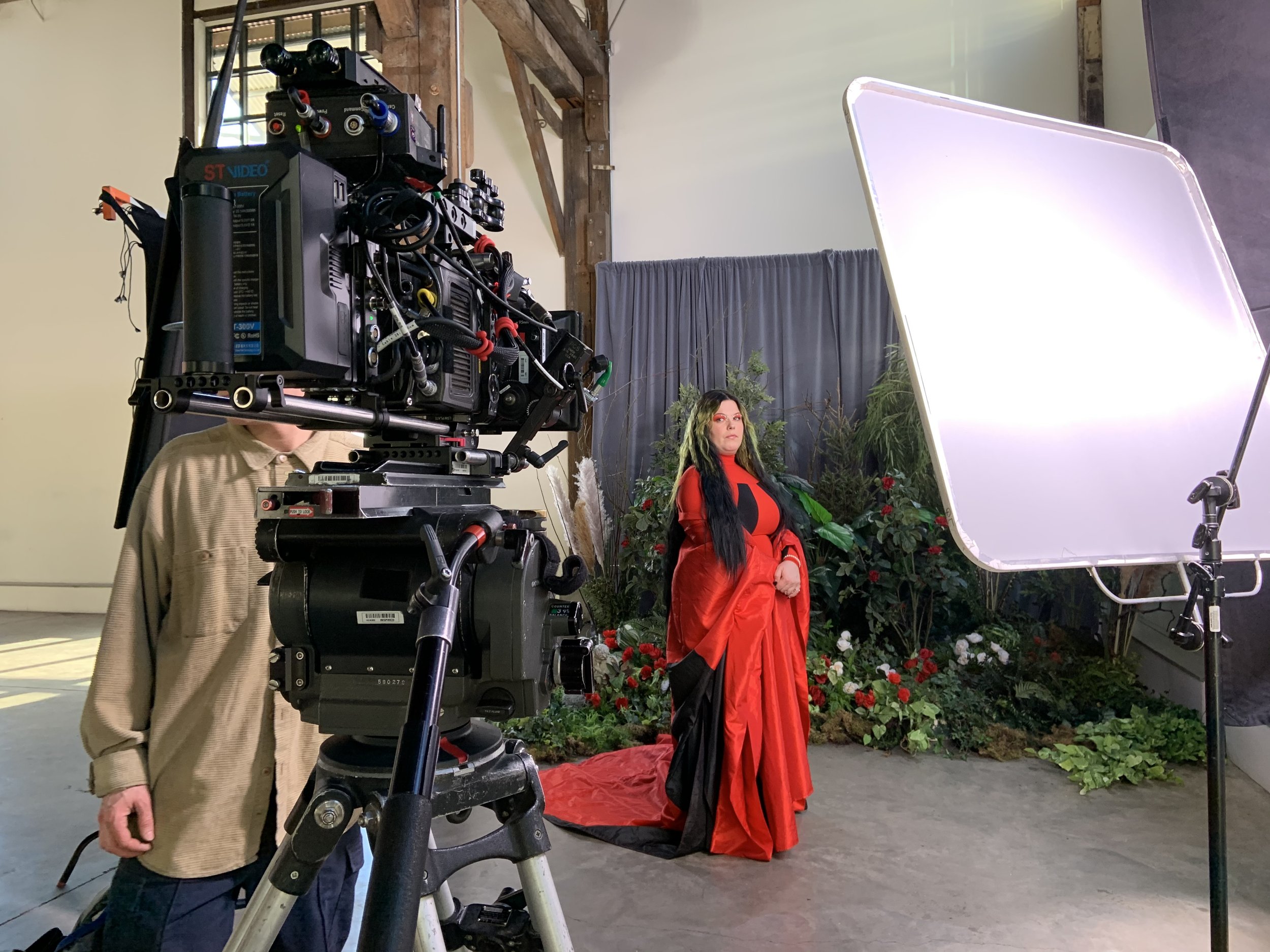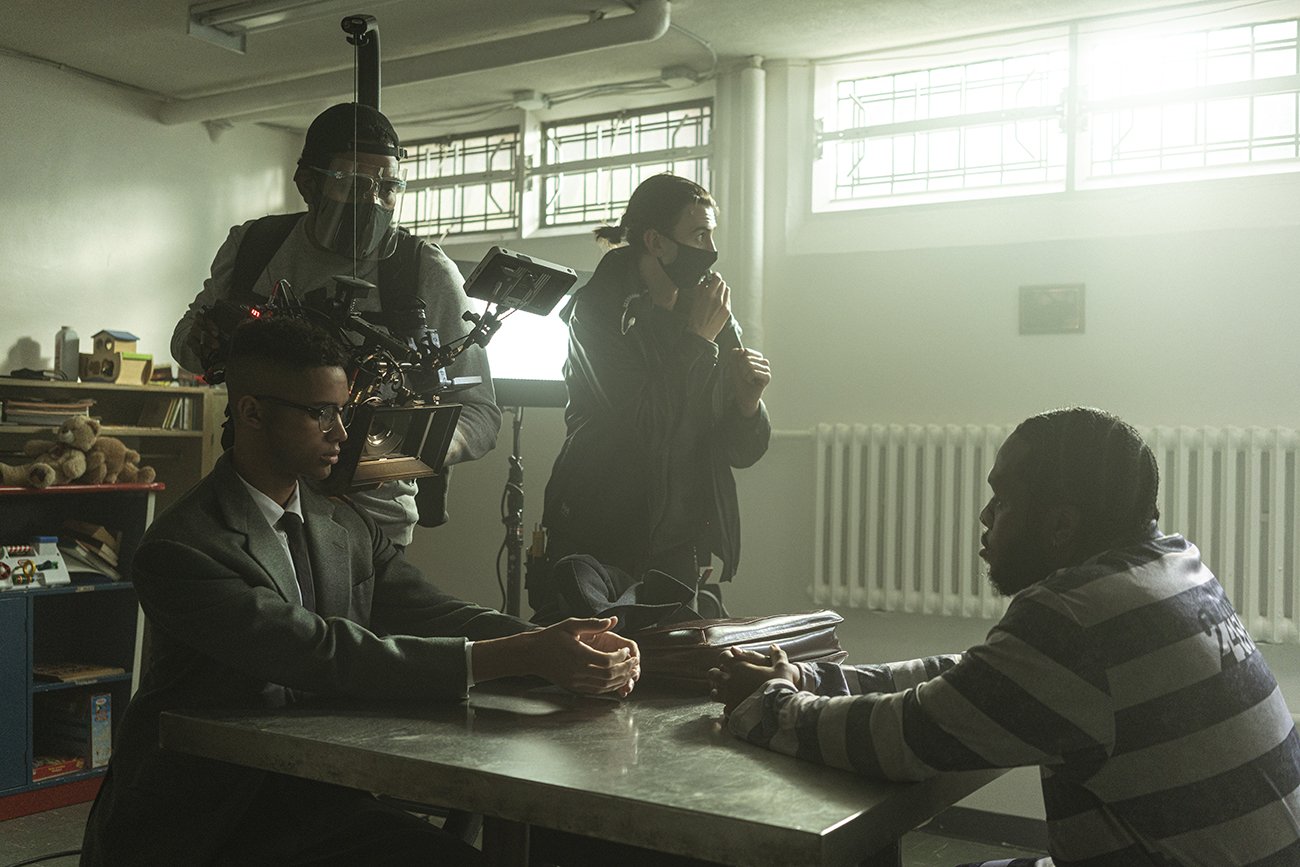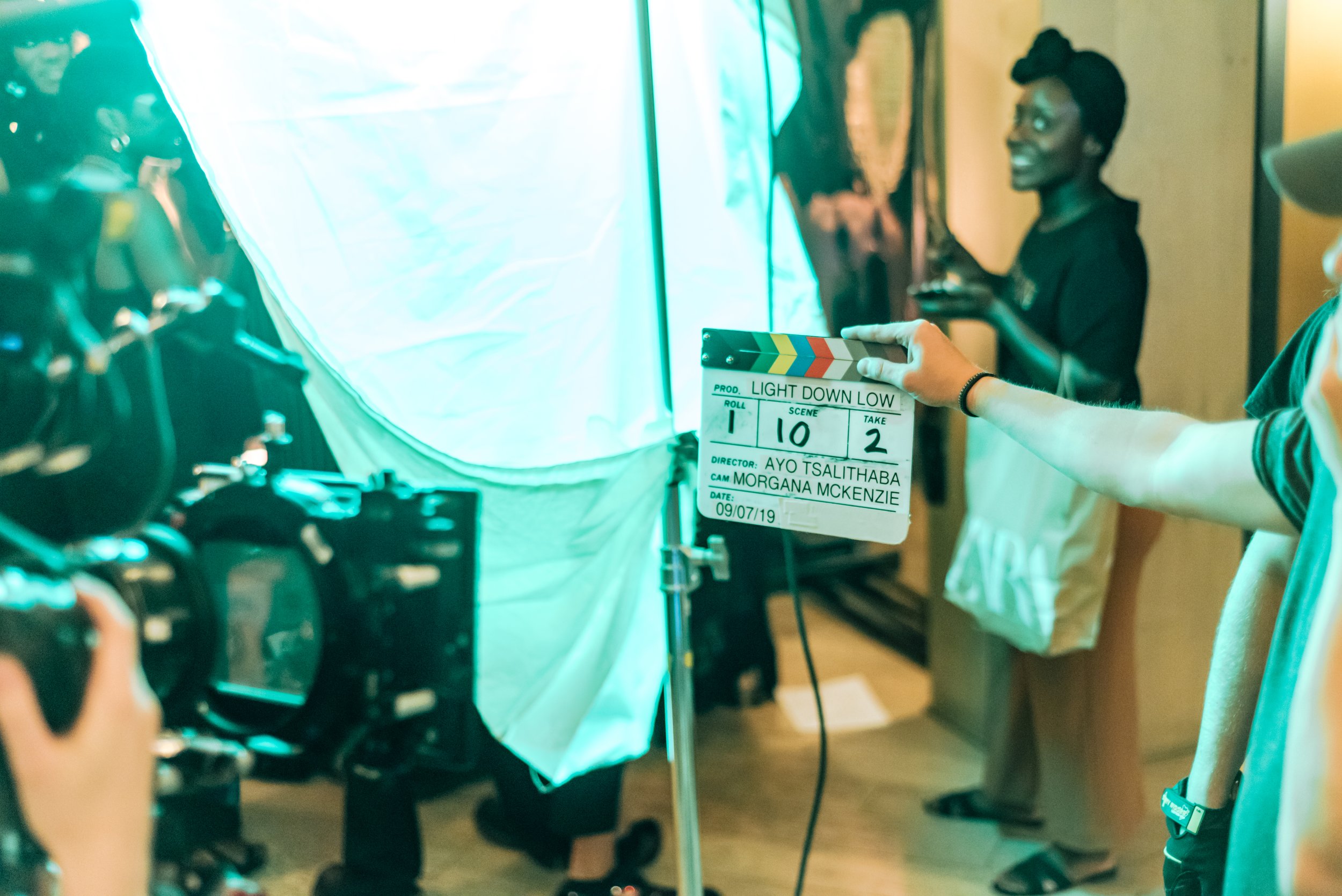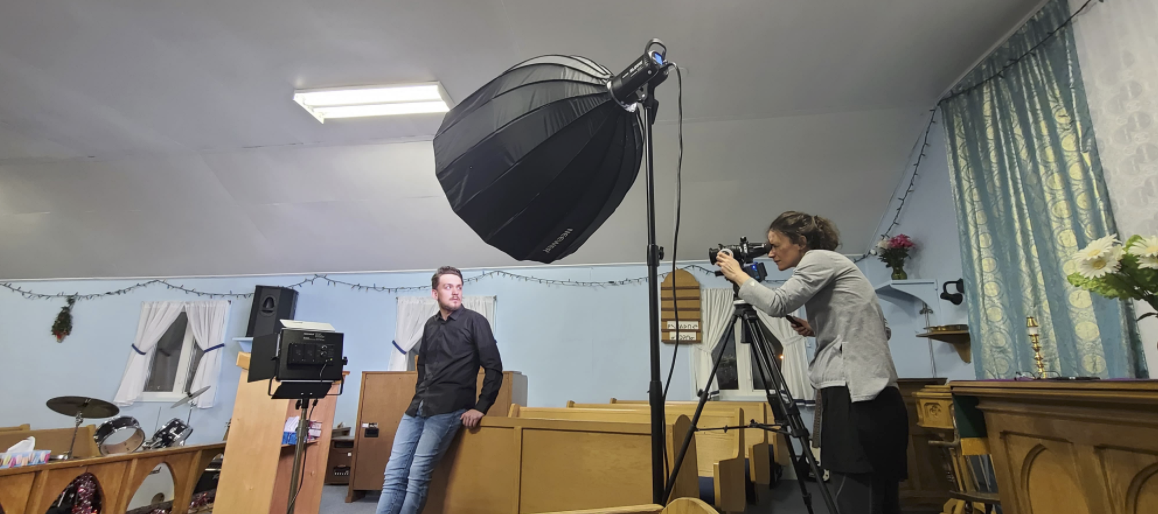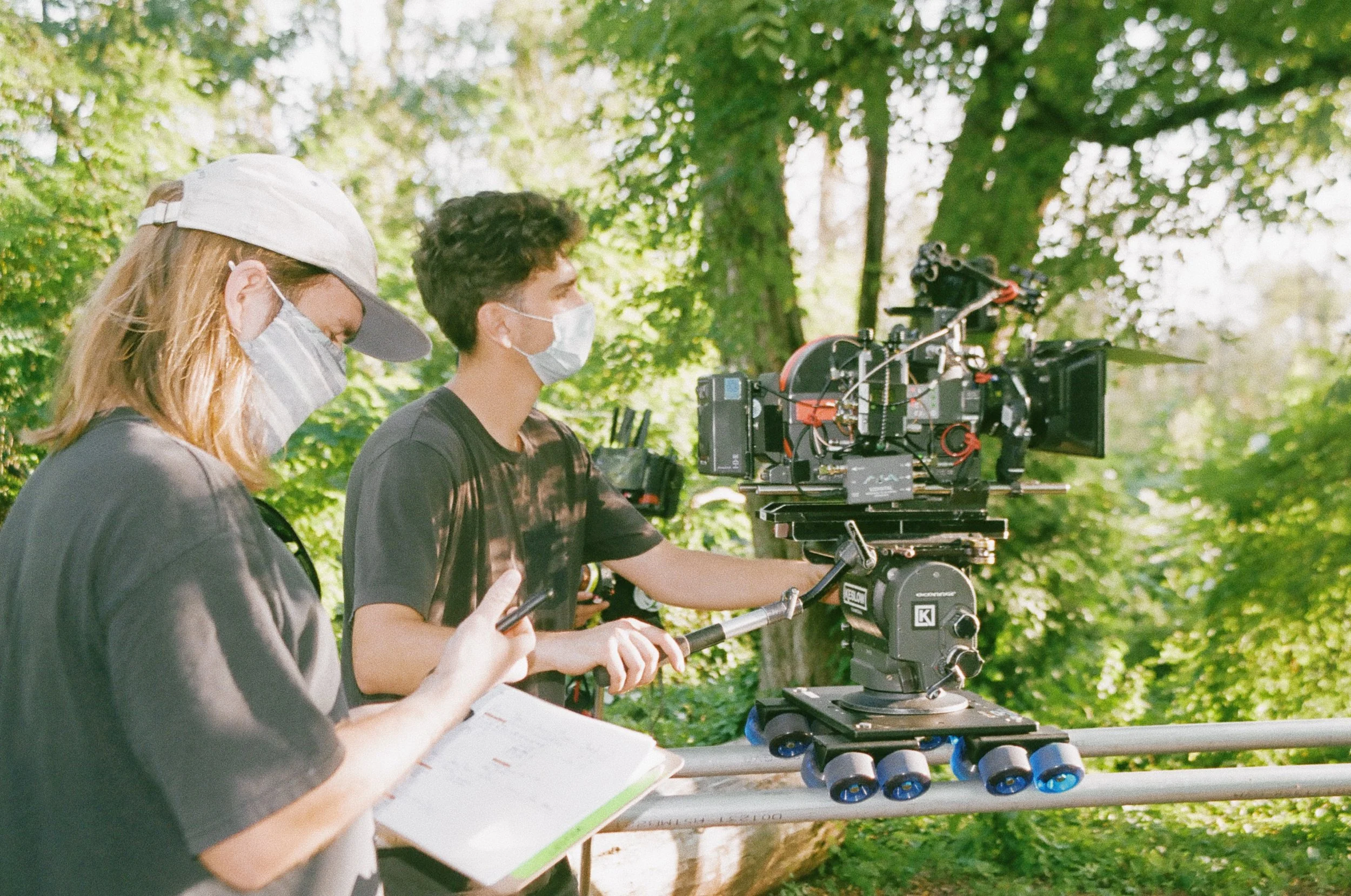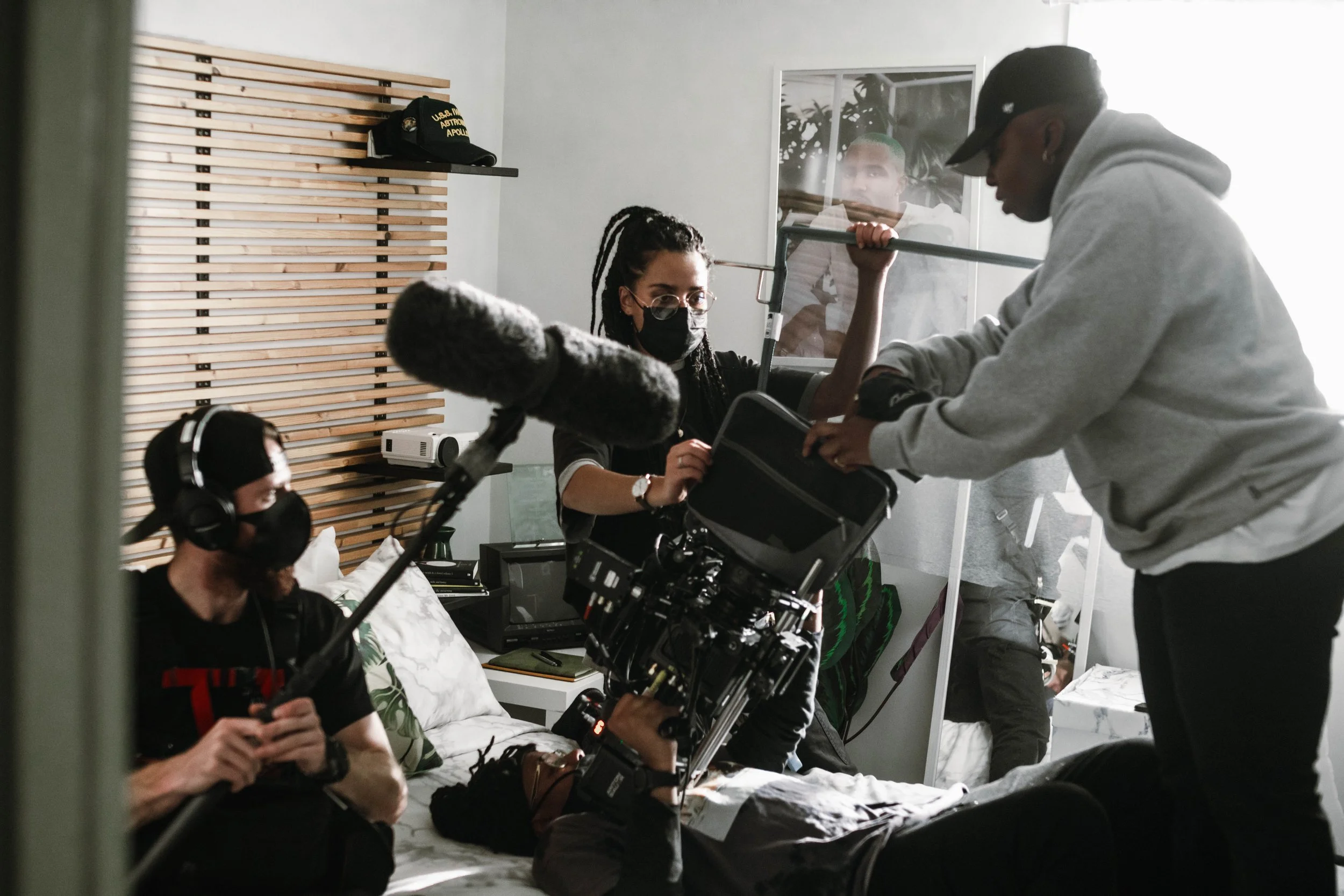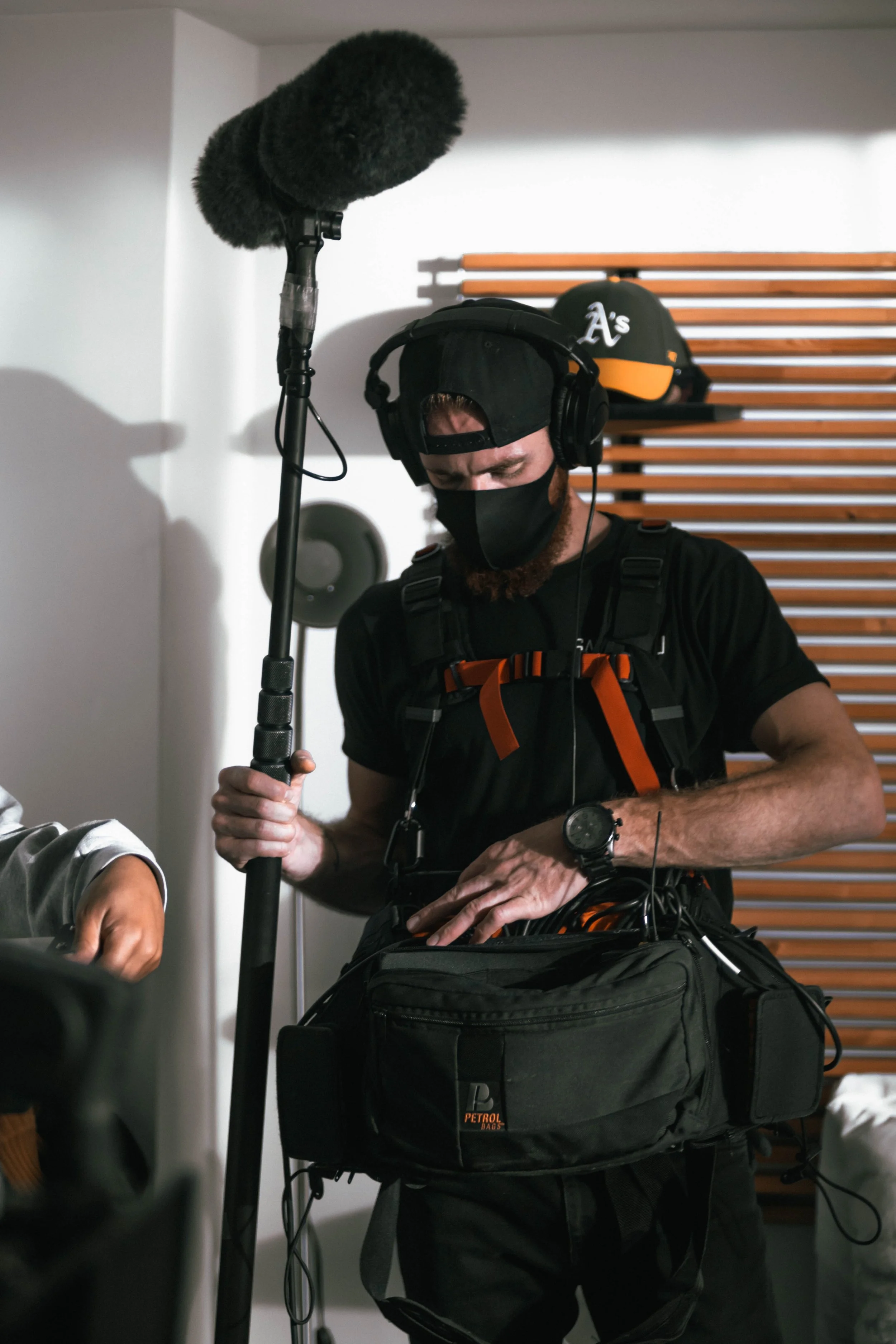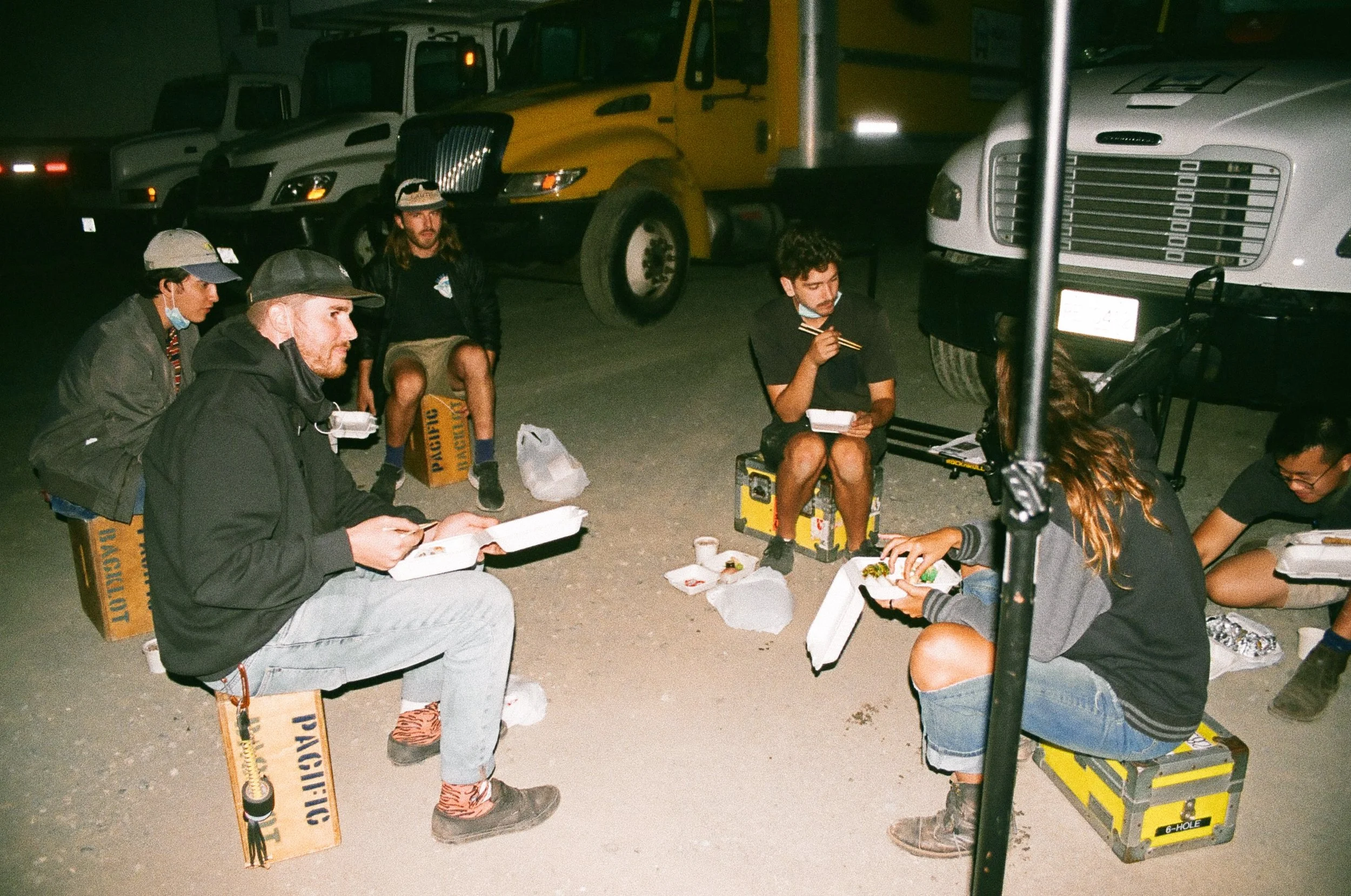KEY ROLES
TO MAKE A MUSIC VIDEO WORk, A LOT OF MOVING PARTS HAVE TO WORK TOGETHER EFFICIENTLY, AND THE PACE IS FAST. SHOOTS ARE OFTEN OVER IN ONE LONG DAY, AND TREATMENTS ARE ALWAYS MORE AMBITIOUS THAN THERE IS BUDGET FOR.
crews will grow and shrink in size, project to project, but all of these responsibilities remain. YOU CAN wear multiple hats, but either way…
YOU NEED A TEAM.
DIRECTOR
The Director of a music video is responsible for the execution of the music video. They instruct both cast and crew on how to execute their vision for the video.
EXECUTIVE PRODUCER
The Executive Producer is in charge of seeking financing for the video to get made. They either finance the project themselves or seek outside financiers.
PRODUCER
When it comes to the financial and administrative responsibilities of the production, the Producer is the team leader. They are in charge of making sure the project gets done and within its budget. They also work closely with the DP/Director to hire the rest of the crew.
PRODUCTION SUPERVISOR
A Production Supervisor oversees the post-production process of the project. They make sure that communication between the Director, Editor and Colourist are smooth and that the final product is delivered on time.
ART DEPARTMENT
The Art Department is responsible for the set design, location dressing and prop sourcing for every scene of the music video. The production designer is the head of the art department and other roles within the team could include art director, prop master, set dresser and more depending on the complexity of the scene.
MAKEUP ARTIST
The Makeup Artist’s role is to make sure talent looks their absolute best on camera. Whether the shoot calls for a basic makeup look or something more complicated like SFX makeup, the makeup artists are responsible for bringing the director’s vision to life.
HAIR STYLIST
The Hairstylist makes sure key talent have their hair properly styled according to the needs of the music video shoot. For example, a music video set in the 1960’s would have a much different hairstyle than one set in the future so it’s important to hire a hairstylist that’s able to execute the specific needs of your shoot.
1st AC
The 1st AC (Assistant Camera) can also be known as the focus puller. They are responsible for keeping the right subjects in focus while the DP grabs their shots.
2nd AC
The 2nd AC (Assistant Camera) is responsible for keeping the clapper updated with the proper slate, marking where key talent should stand and oversees the memory card inventory.
1st AD
During the pre-production period, the 1st AD (Assistant Director) works closely with the director to set up a filming schedule and break down the script to plan what they need in terms of location, equipment and crew. On set, their role is to keep the production running smoothly and according to schedule.
DP
The DP (Director of Photography) is in charge of making the stylistic choices for how the entire music video will look on screen. They are responsible for choosing the type of lens, camera and instructing their camera team to get the exact look they want.
PA
PAs (Production Assistants) are individuals spread out across the production to help different teams carry out their tasks. Some of their duties could include: making sure craft arrives on time, helping the art department transport props, carrying equipment, driving equipment vans etc.
WARDROBE STYLIST
The Wardrobe Stylist is responsible for sourcing outfits and accessories as well as tailoring pieces for key talent in accordance with the song, the director’s vision and the set design. Fashion has long been a key element of music videos, especially within pop music. Statement pieces can be as bold and bright as Britney Spears’ iconic red catsuit in “Oops, I did it again!” or as classic and simple as Beyonce’s white tank top + jean short combo in “Crazy in Love”.
DIT
The DIT (Digital Imaging Technician) is one of the most important links between the camera team and the post production team. They are responsible for ensuring the scenes shot are up to the director and cinematographer’s standard in terms of quality and coloring.
SOUND CAPTURE
Though not always necessary on music videos that have no diagetic sound, but if you have narrative or environmental audio that you want to capture on set, you’ll need an experienced sound recordist / boom operator.
EDITOR
The Editor is the person responsible for taking the raw files from the shoot, cutting them up and setting the scenes up in a sequence according to the director’s script.
COLOuRIST
The Colourist is given the edited sequence created by the editor and is responsible for changing the hues, tones and colours as it fits to the vision of the production team.
STEADICAM OP
The Steadicam Op is the one responsible for operating the Steadicam on set. Steadicams are a special type of camera that allows the operator to freely maneuver around the set, allowing for more versatile shots without having shaky footage.
GAFFER
The Gaffer (could also be called the chief lighting technician) is responsible for all the lighting equipment and lighting team. They work closely with the camera team to ensure lighting matches the vision for the music video.
ELECTRIC
The Electric team are responsible for making sure every team on production has enough power to carry out their tasks while also keeping everyone safe. They usually are part of the location scout team in pre-production to scope out outlets and gauge whether to bring outside power sources.
KEY GRIP
The Key Grip leads the whole grip team to help set-up and rig cameras, lighting equipment, cranes, dollies and other filming equipment.
BTS
The BTS (Behind The Scenes) team usually consists of either a BTS photographer, BTS videographer or both. They are responsible for capturing the atmosphere on set through video or photography. These visual assets can then be used for social media, press articles, portfolios or simply for personal use.
CRAFTY
The Craft team is responsible for making sure food and drinks make it to the shooting locations on time and keeping everyone on the set fed throughout the production day. Lunch is usually provided midway through the shooting day while snacks and refreshments are available throughout. Keeping the cast and crew well-fed is the key to powering through long shooting days making craft services one of the most important roles on set.




